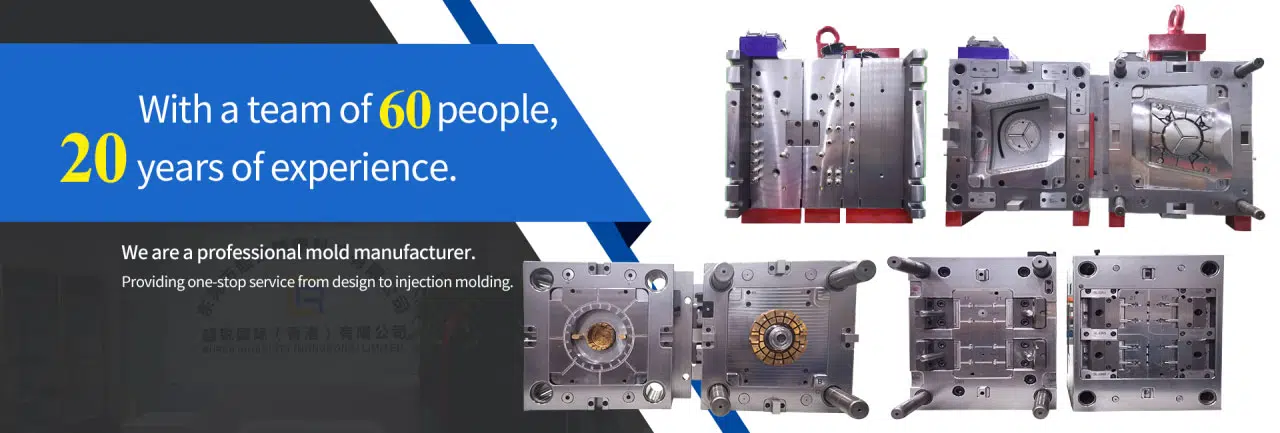
# Surface Finishing Techniques and Applications
## Introduction to Surface Finishing
Surface finishing is a crucial process in manufacturing that enhances the appearance, durability, and functionality of a product’s surface. It involves various techniques to modify the surface of a material to achieve desired properties such as improved corrosion resistance, better adhesion, enhanced aesthetics, or reduced friction.
## Common Surface Finishing Techniques
### 1. Mechanical Finishing
Mechanical finishing methods involve physical processes to alter the surface:
– Grinding: Uses abrasive wheels to remove material
– Polishing: Creates a smooth, reflective surface
– Buffing: Produces a high-gloss finish using soft wheels
– Sandblasting: Propels abrasive materials against the surface
### 2. Chemical Finishing
Chemical processes modify surfaces through reactions:
– Anodizing: Creates an oxide layer on metals (especially aluminum)
– Passivation: Enhances corrosion resistance in stainless steel
– Electroplating: Deposits a metal coating through electrolysis
– Chemical etching: Selectively removes material using acids
### 3. Coating Techniques
These methods apply protective or decorative layers:
– Powder coating: Electrostatic application of dry powder
– Painting: Traditional liquid coating application
– Galvanizing: Zinc coating for steel corrosion protection
– PVD/CVD: Vacuum deposition of thin films
## Applications of Surface Finishing
Surface finishing finds applications across numerous industries:
### Automotive Industry
– Corrosion protection for vehicle bodies
– Aesthetic finishes for interior and exterior components
– Wear-resistant coatings for engine parts
Keyword: Surface Finishing
### Aerospace Sector
– Thermal barrier coatings for turbine blades
– Anti-icing surfaces for aircraft exteriors
– Low-friction coatings for moving parts
### Medical Devices
– Biocompatible finishes for implants
– Antimicrobial surfaces for surgical tools
– Smooth finishes to prevent bacterial adhesion
### Electronics Manufacturing
– Conductive finishes for circuit boards
– EMI/RFI shielding coatings
– Decorative finishes for consumer electronics
## Choosing the Right Surface Finish
Selecting the appropriate surface finishing technique depends on several factors:
– Material composition
– Intended application environment
– Desired aesthetic qualities
– Budget constraints
– Production volume
– Required durability and performance characteristics
## Future Trends in Surface Finishing
The surface finishing industry continues to evolve with new technologies:
– Environmentally friendly processes
– Nanotechnology-based coatings
– Smart surfaces with responsive properties
– Automated finishing systems
– Advanced composite coatings
## Conclusion
Surface finishing plays a vital role in modern manufacturing, offering both functional and aesthetic benefits. By understanding the various techniques and their applications, manufacturers can select the most appropriate methods to enhance product performance, longevity, and visual appeal. As technology advances, we can expect even more innovative surface finishing solutions to emerge.